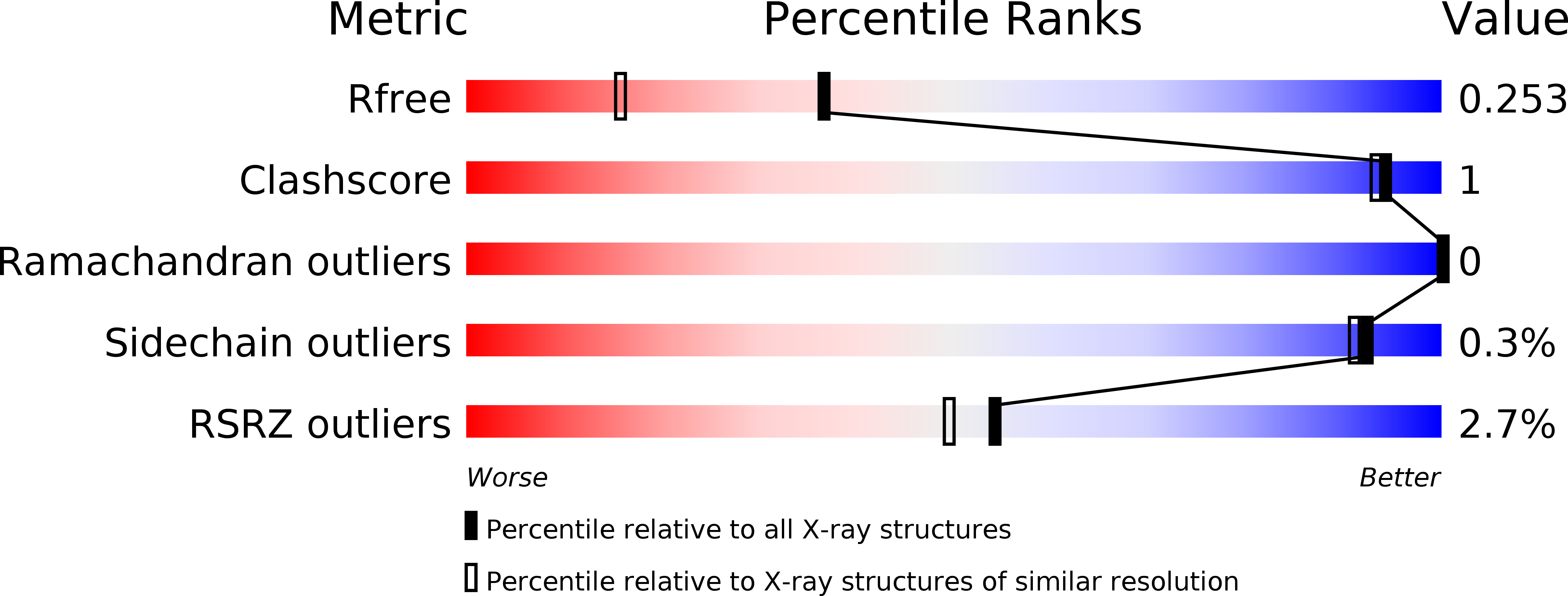
Deposition Date
2019-01-16
Release Date
2019-02-06
Last Version Date
2024-11-13
Entry Detail
PDB ID:
6QHA
Keywords:
Title:
Crystal Structure of Human Kallikrein 6 in complex with GSK3205388B
Biological Source:
Source Organism:
Homo sapiens (Taxon ID: 9606)
Host Organism:
Method Details:
Experimental Method:
Resolution:
1.82 Å
R-Value Free:
0.24
R-Value Work:
0.21
R-Value Observed:
0.21
Space Group:
P 1 21 1


